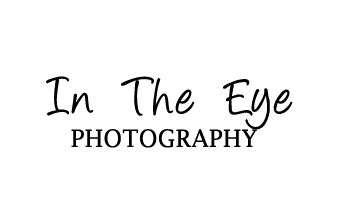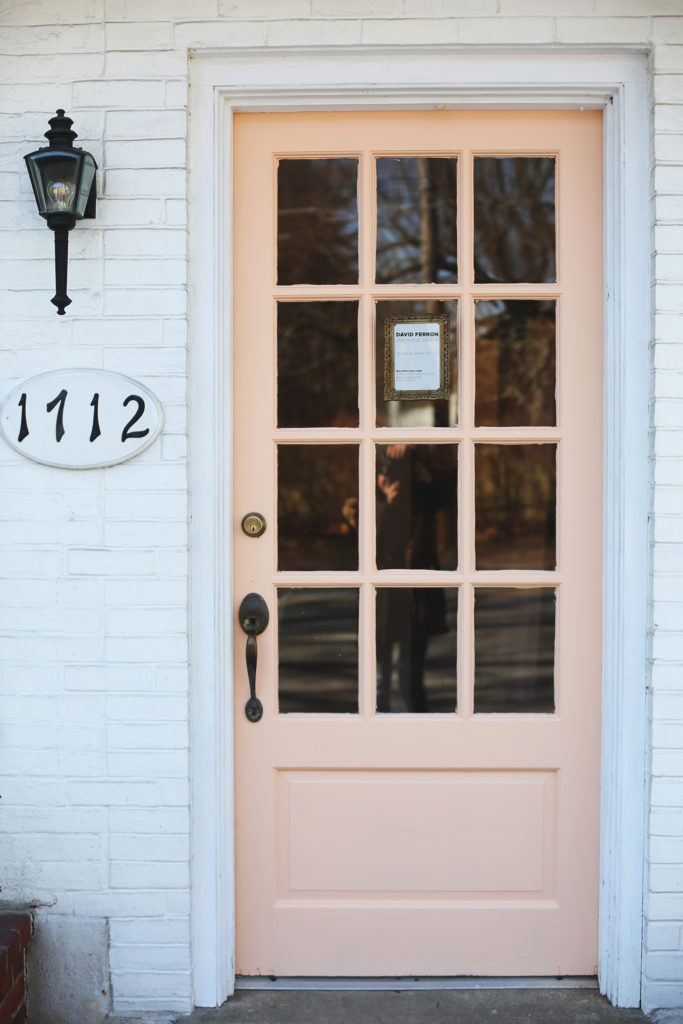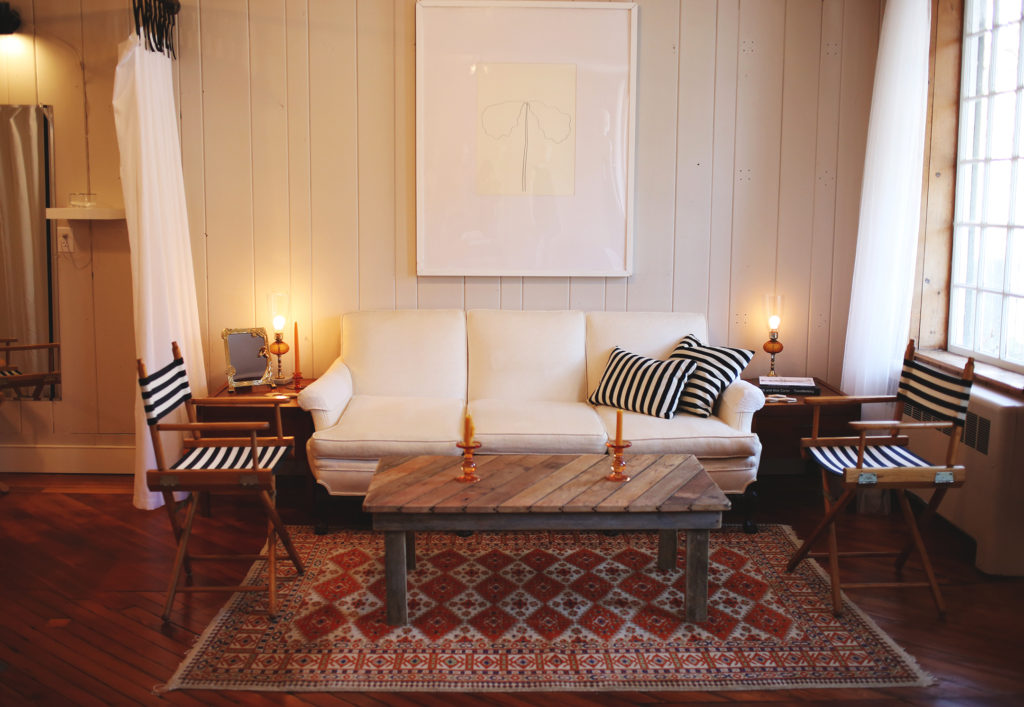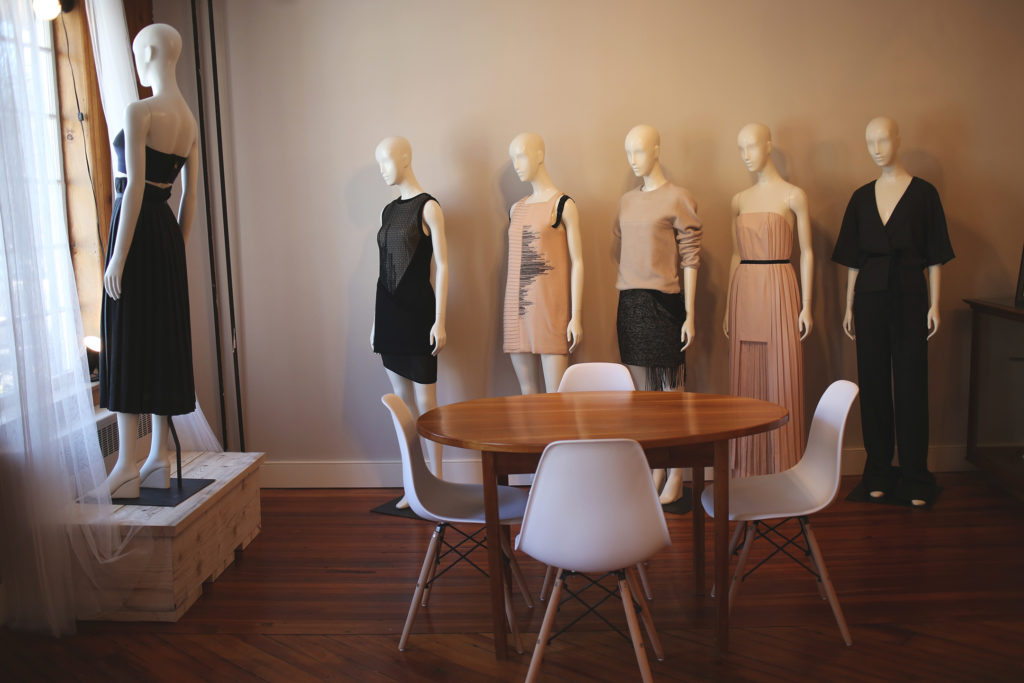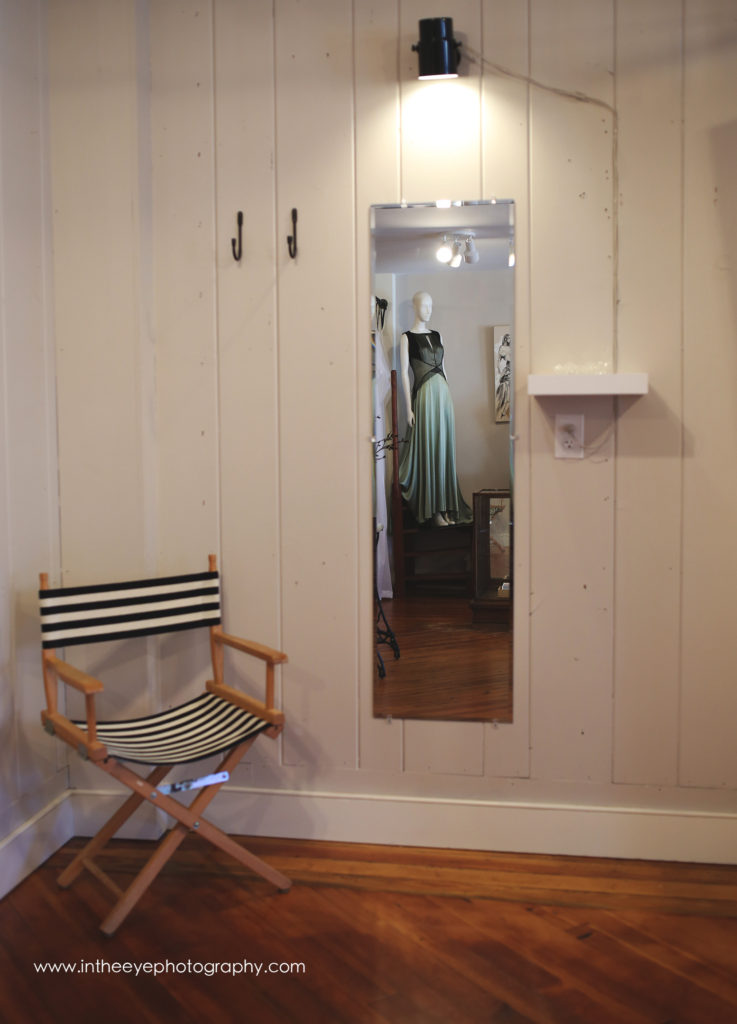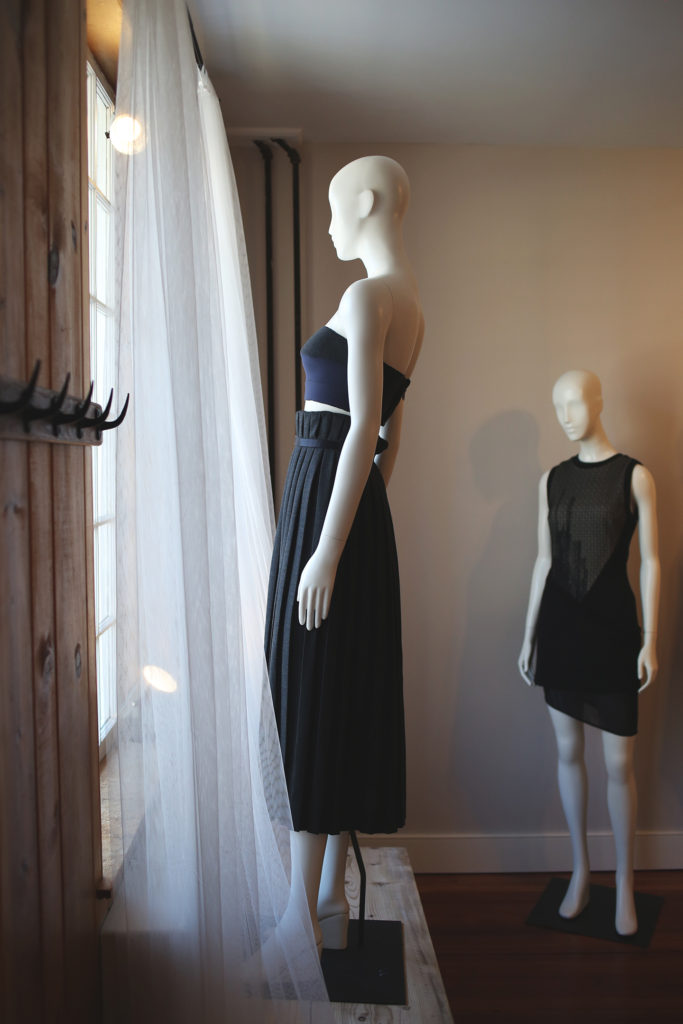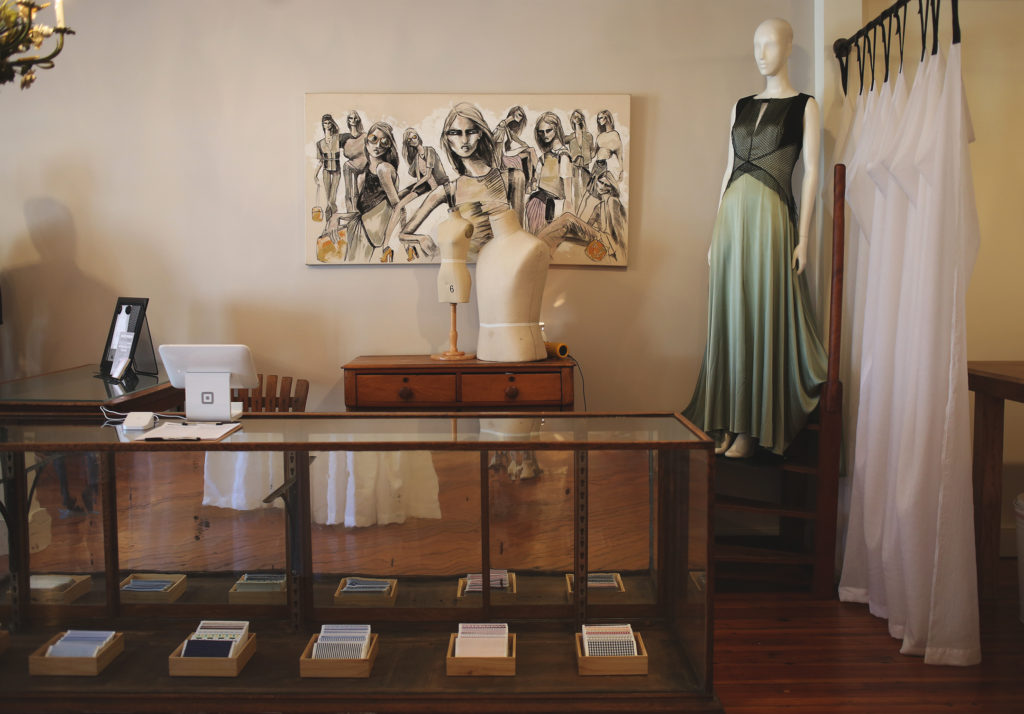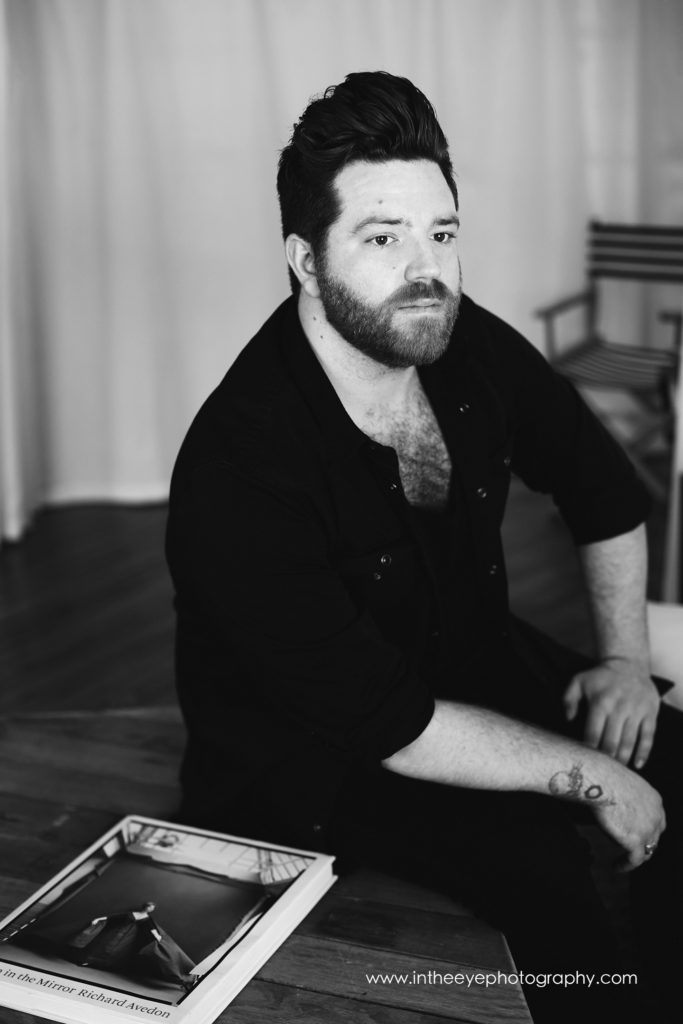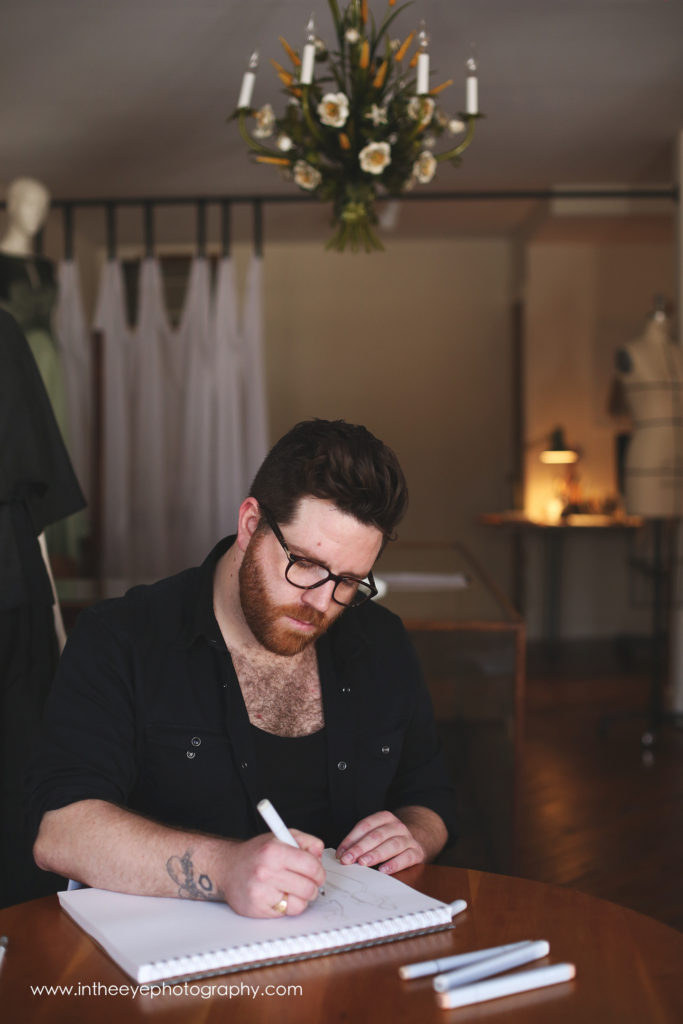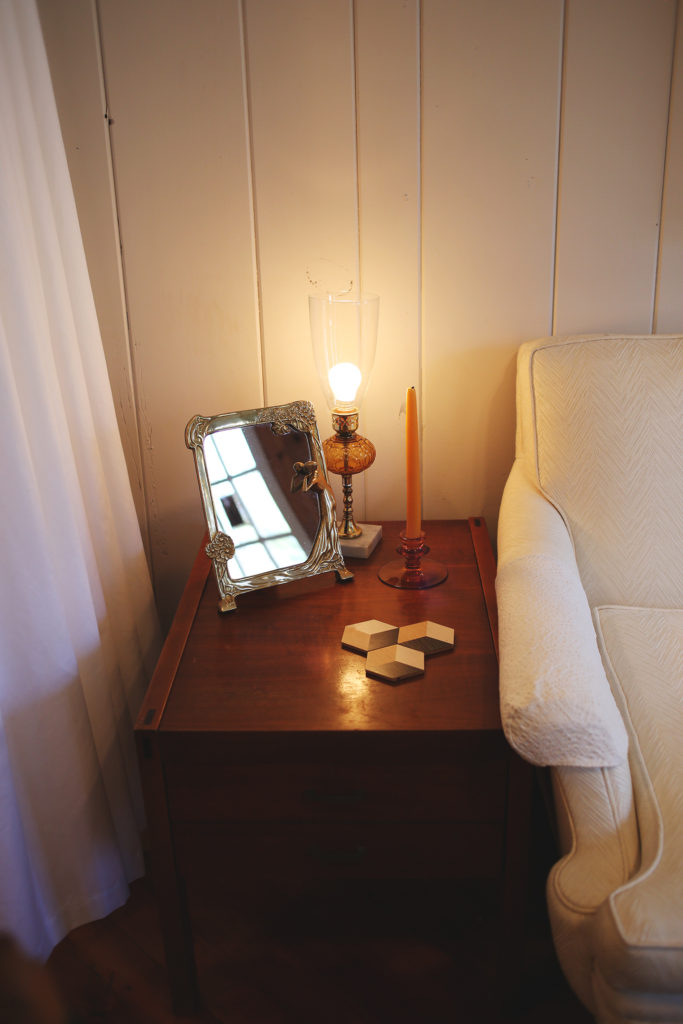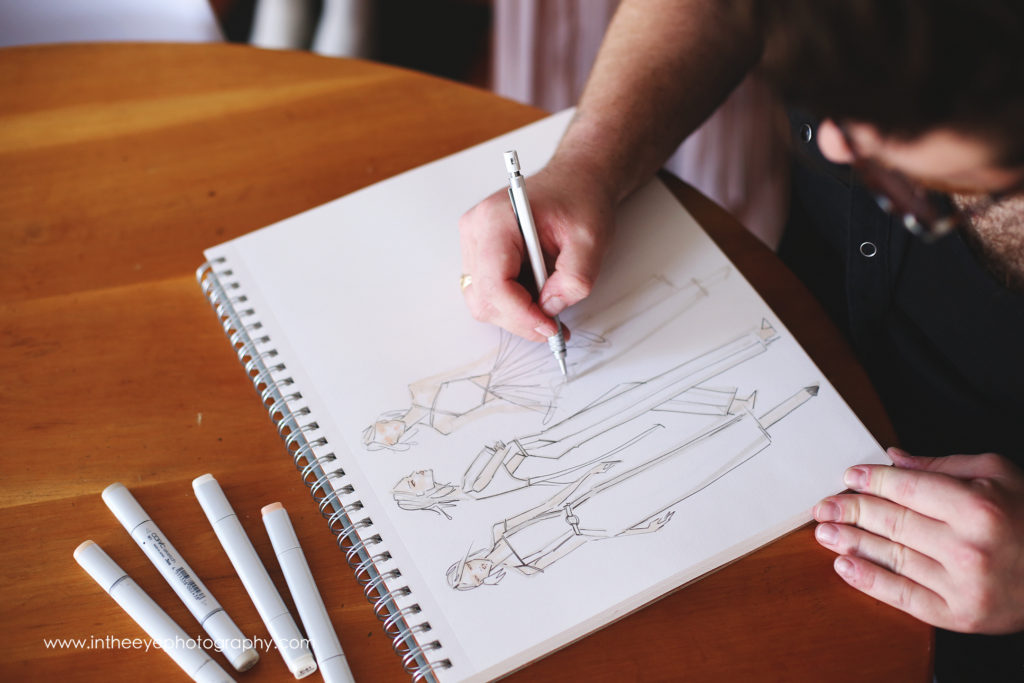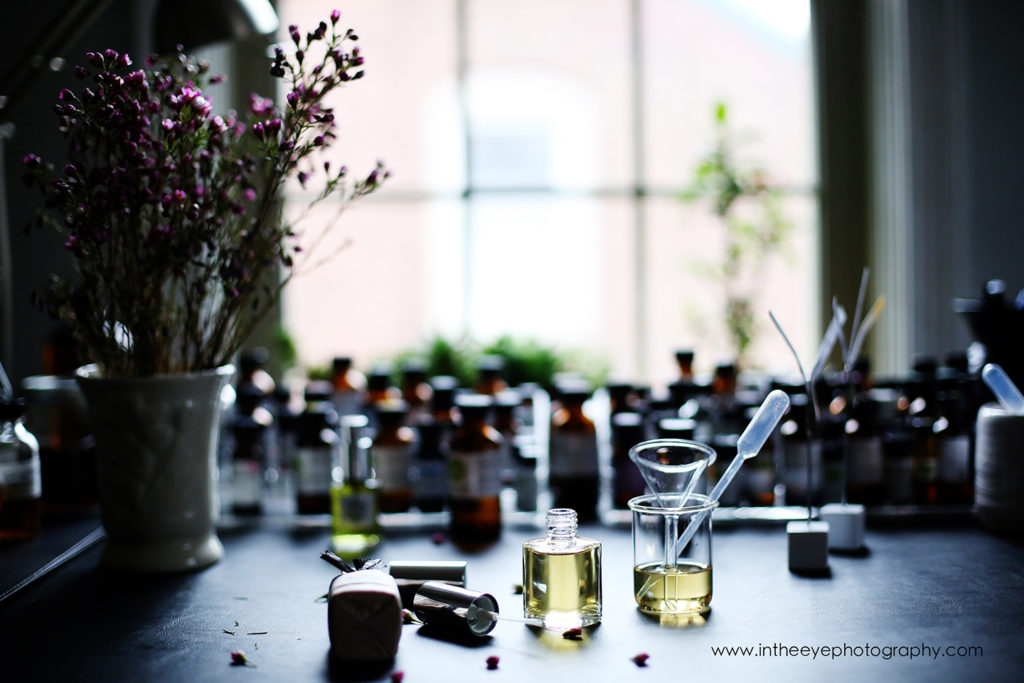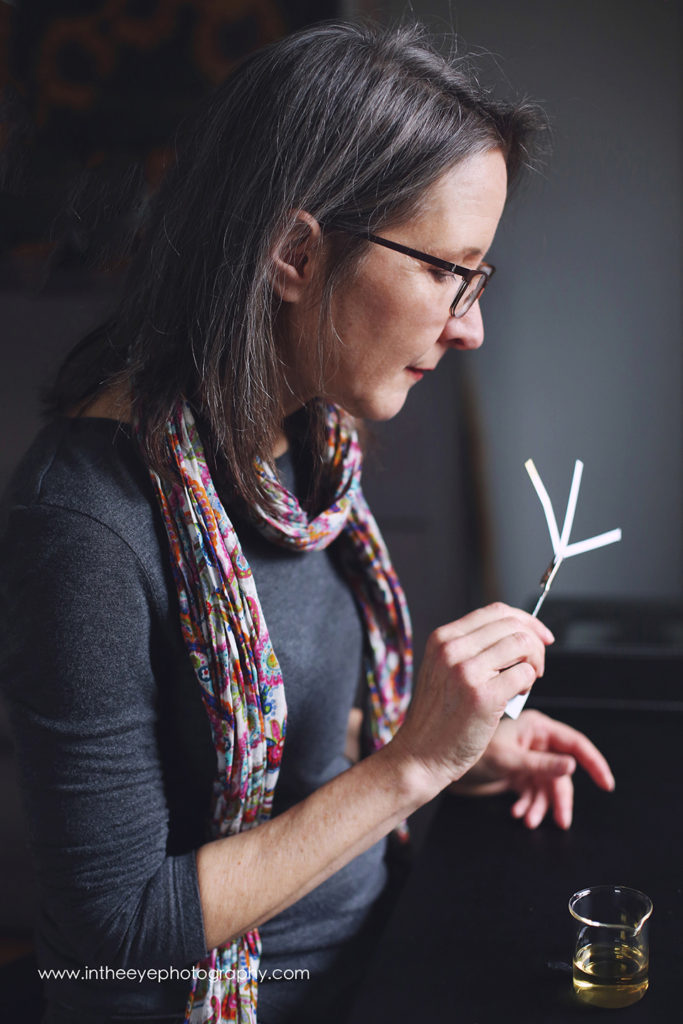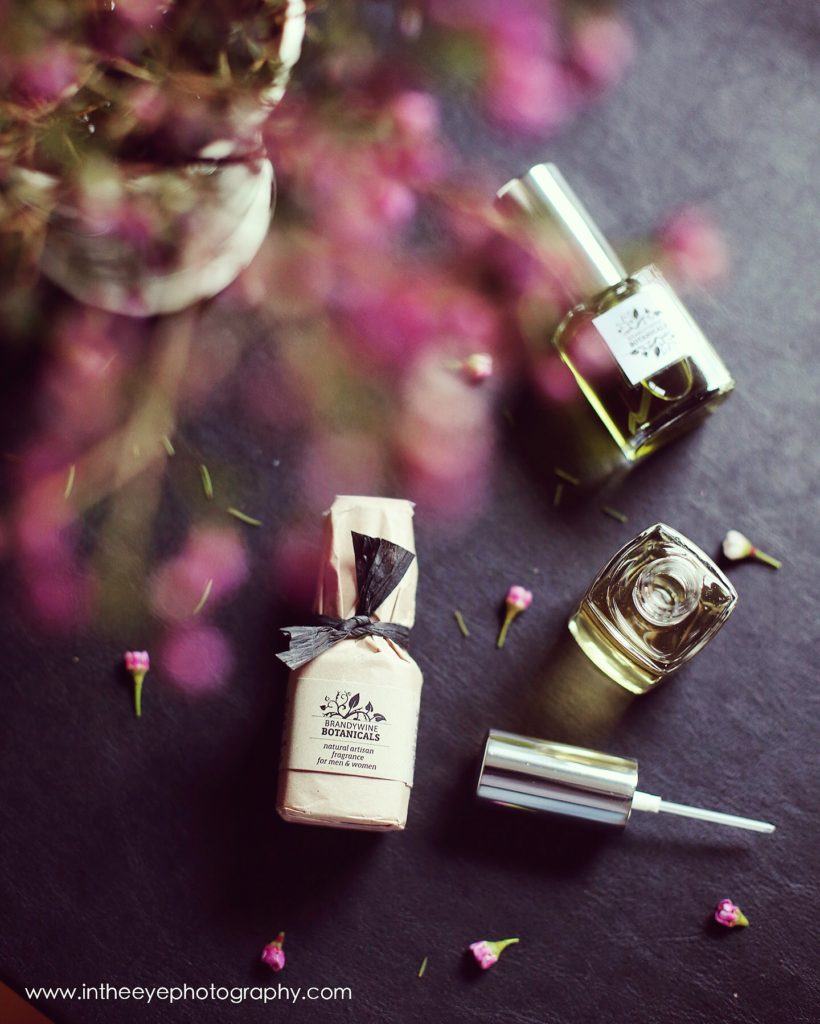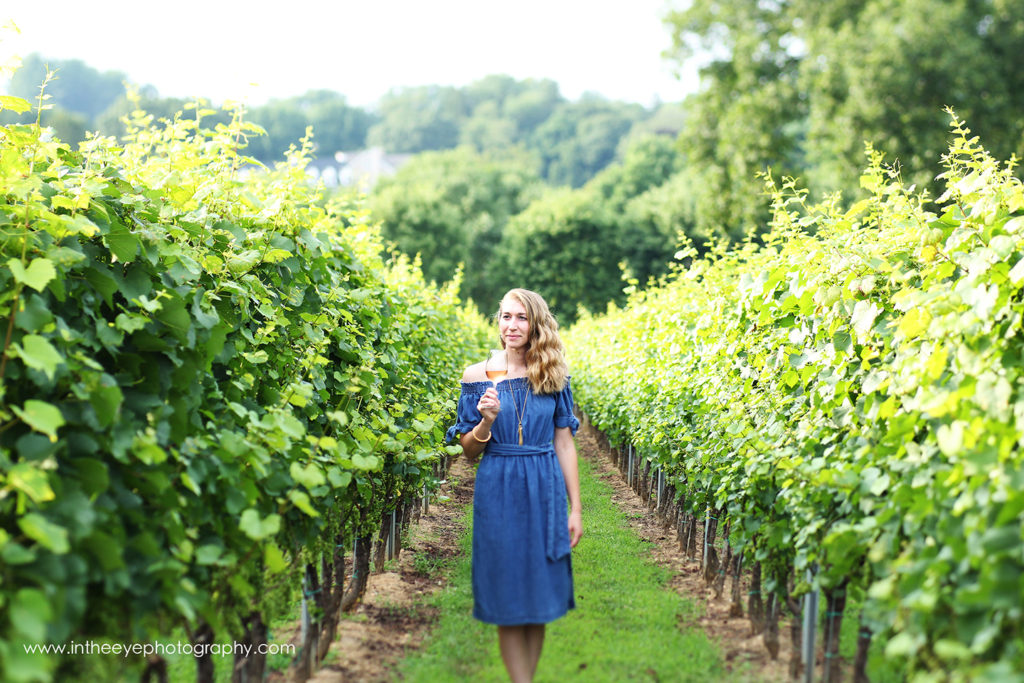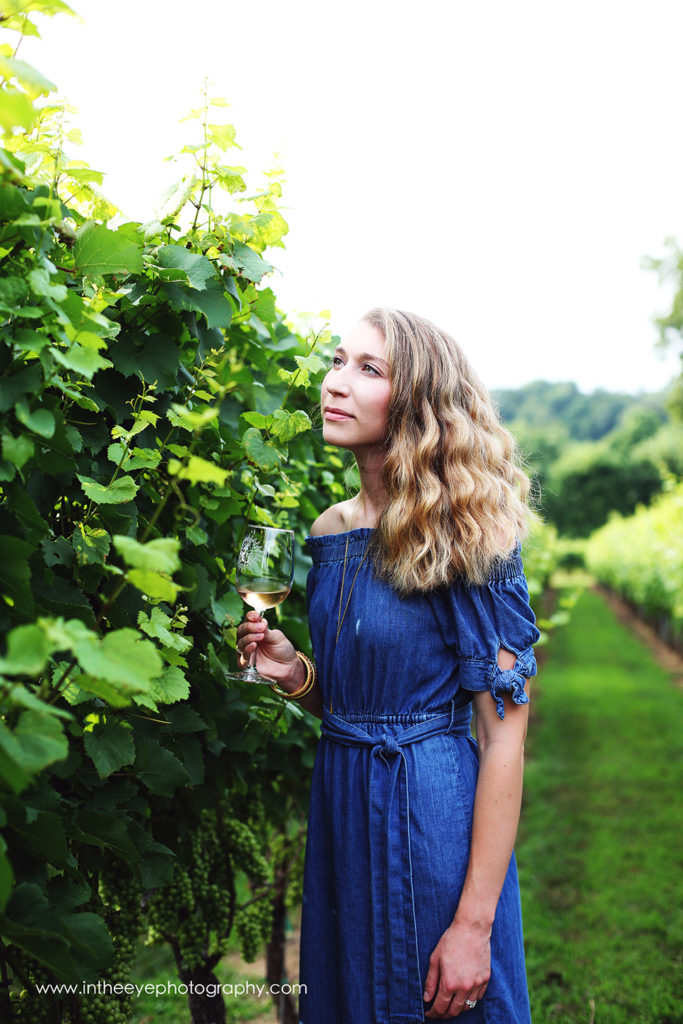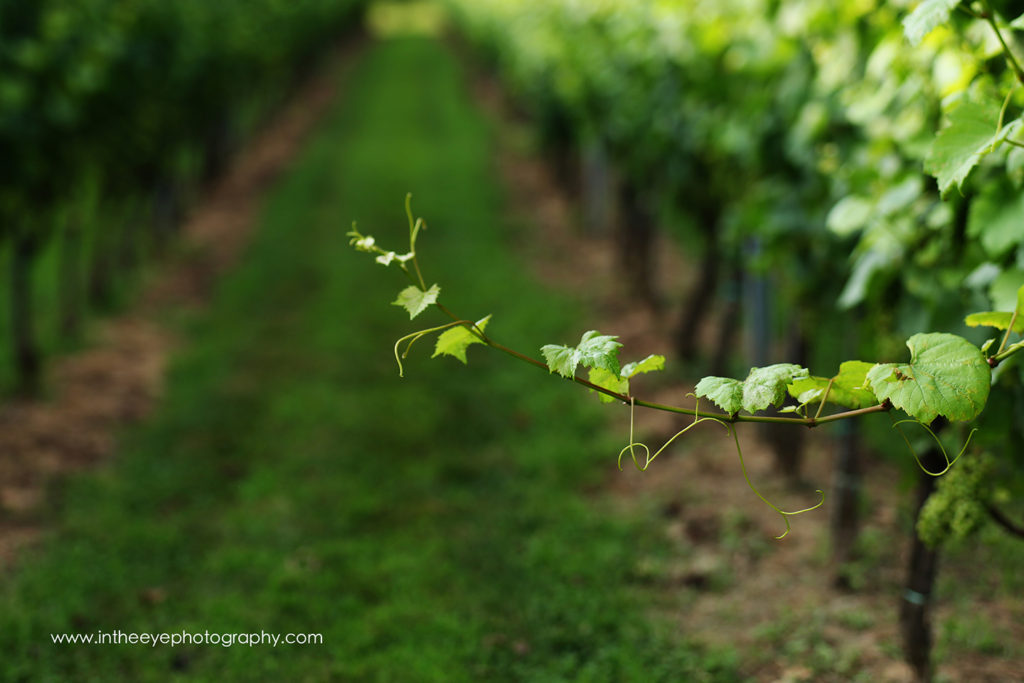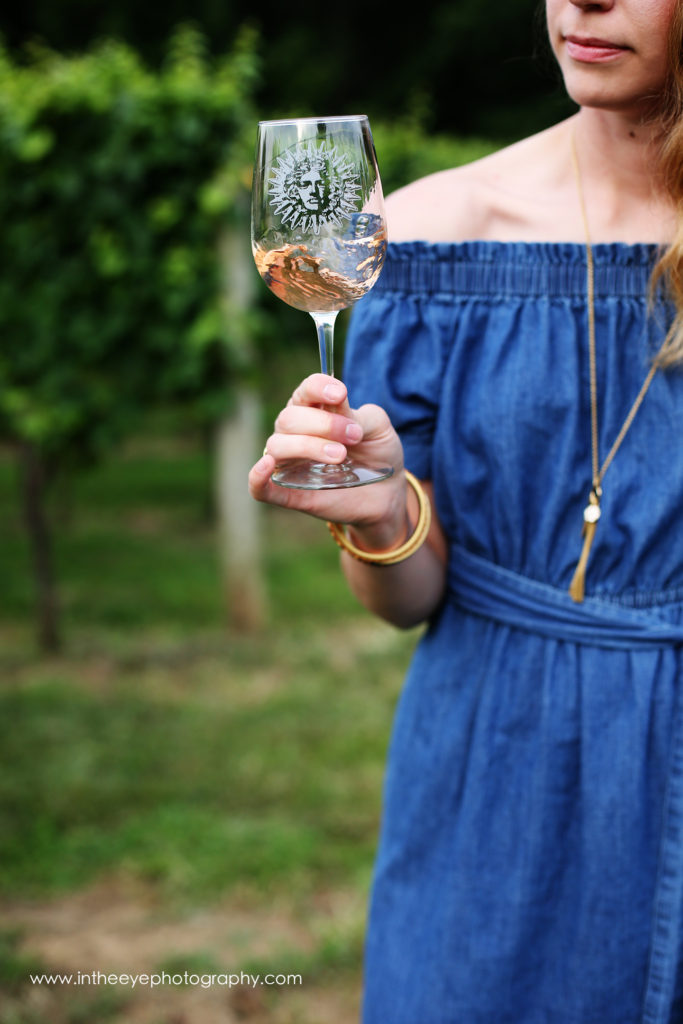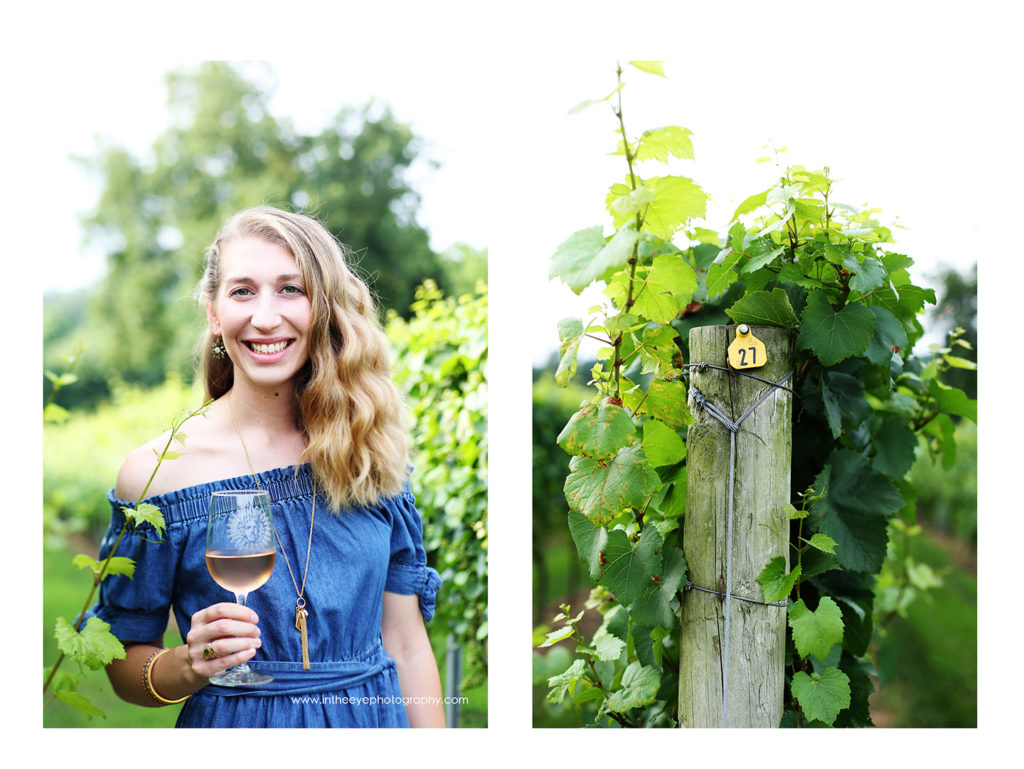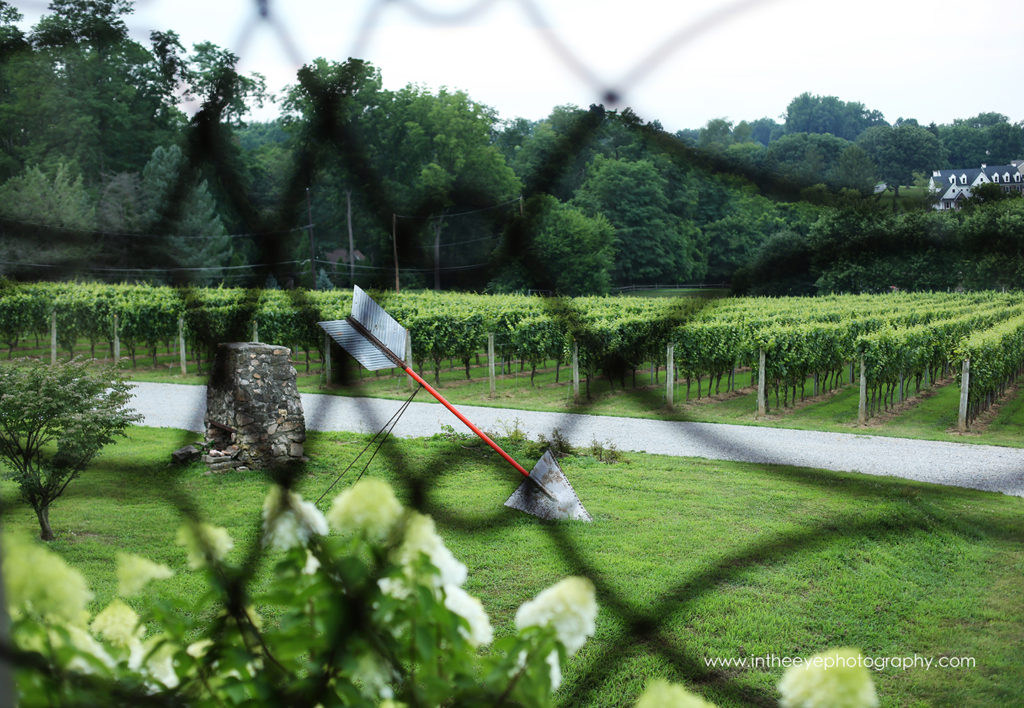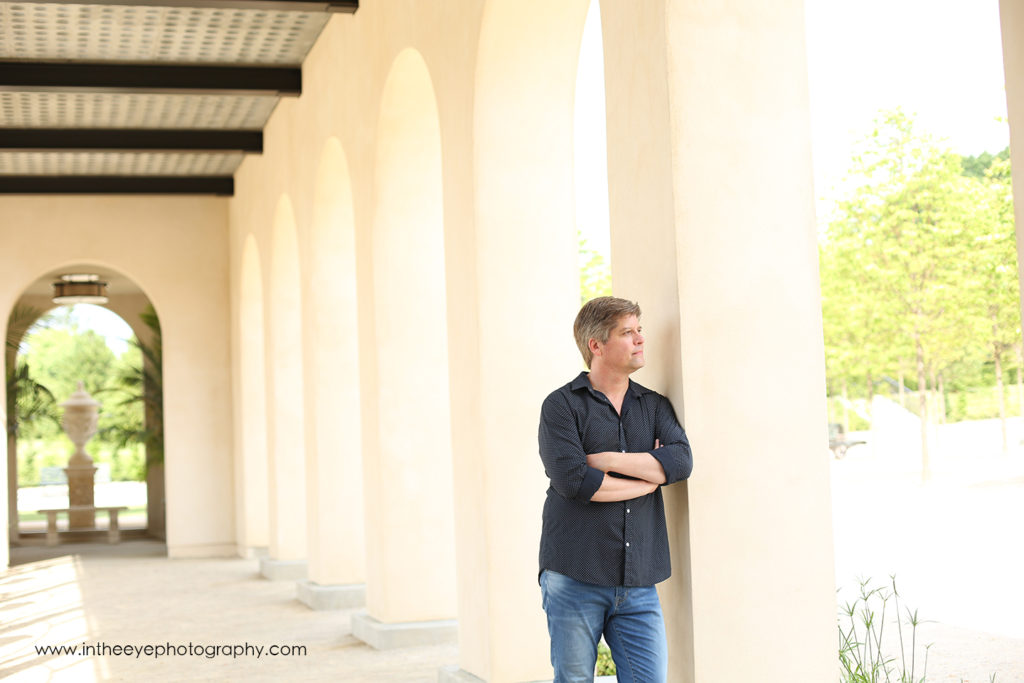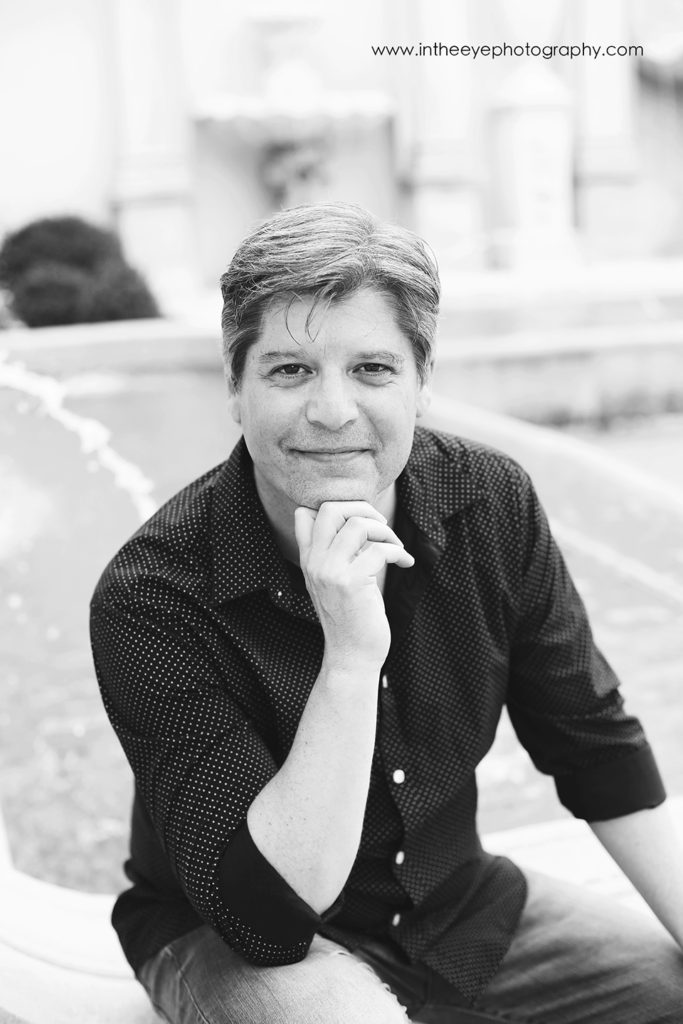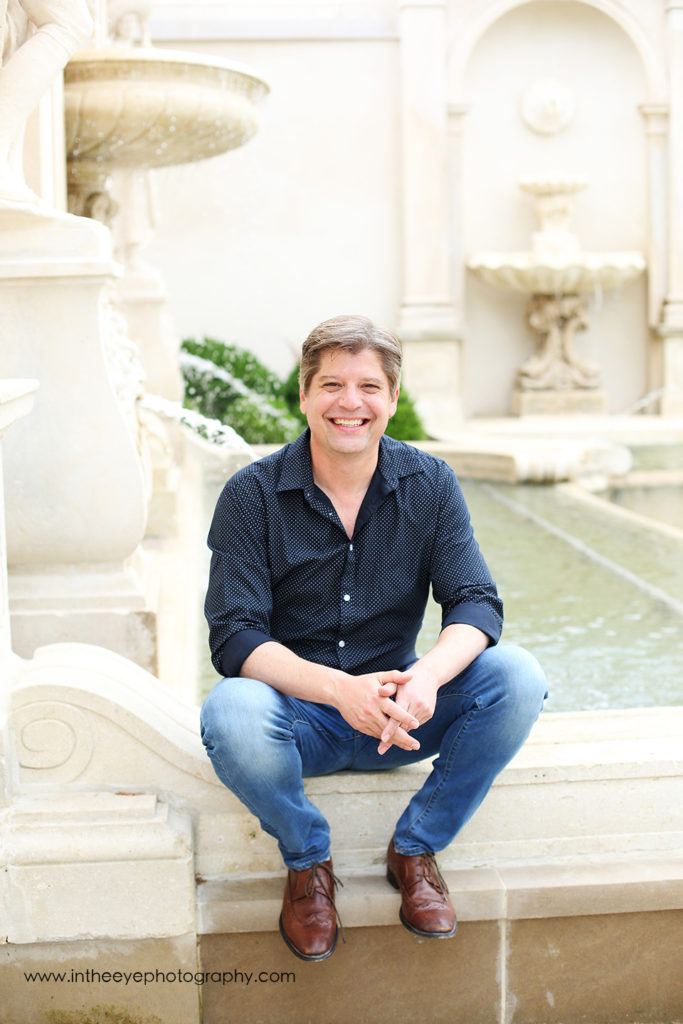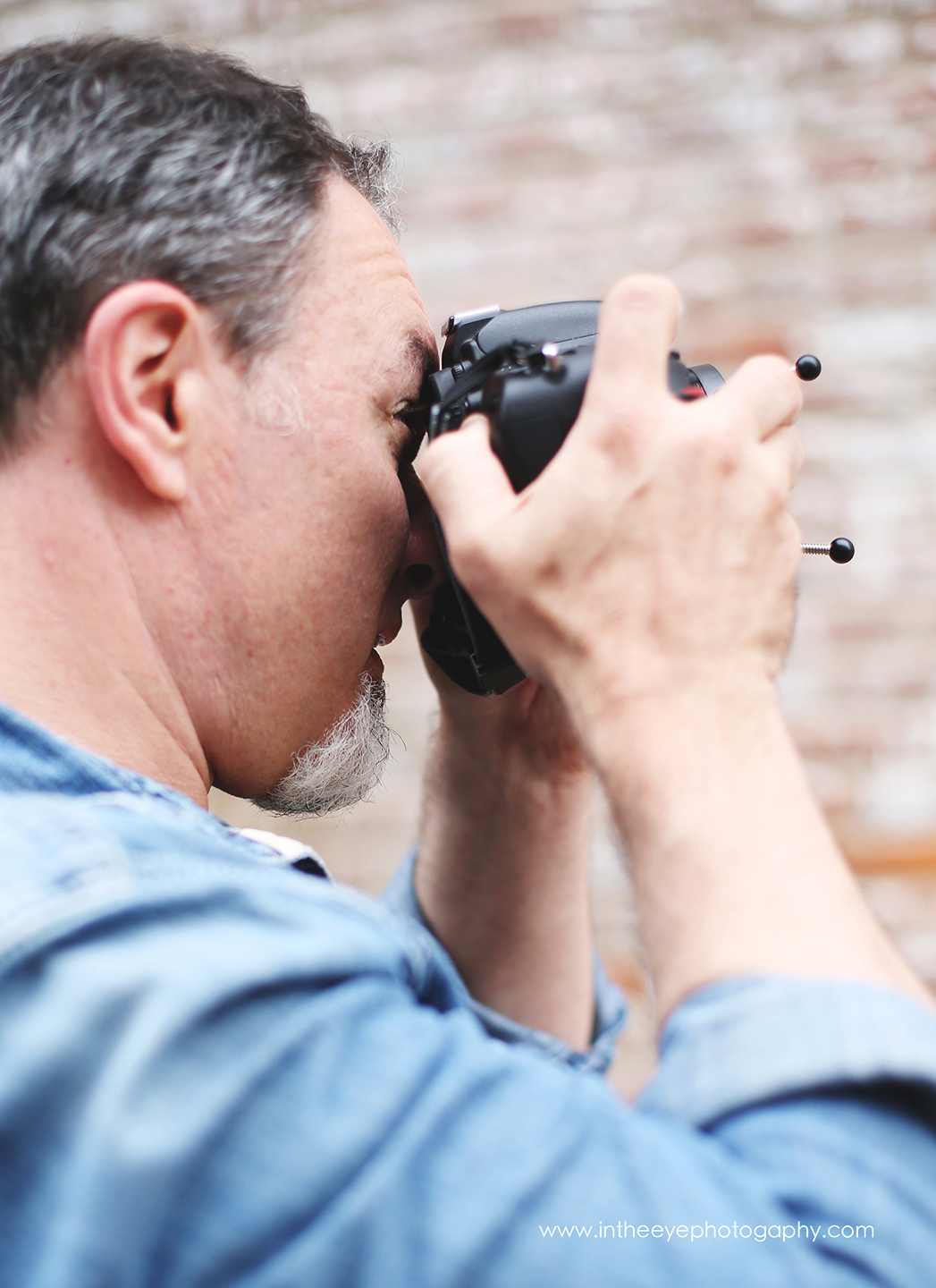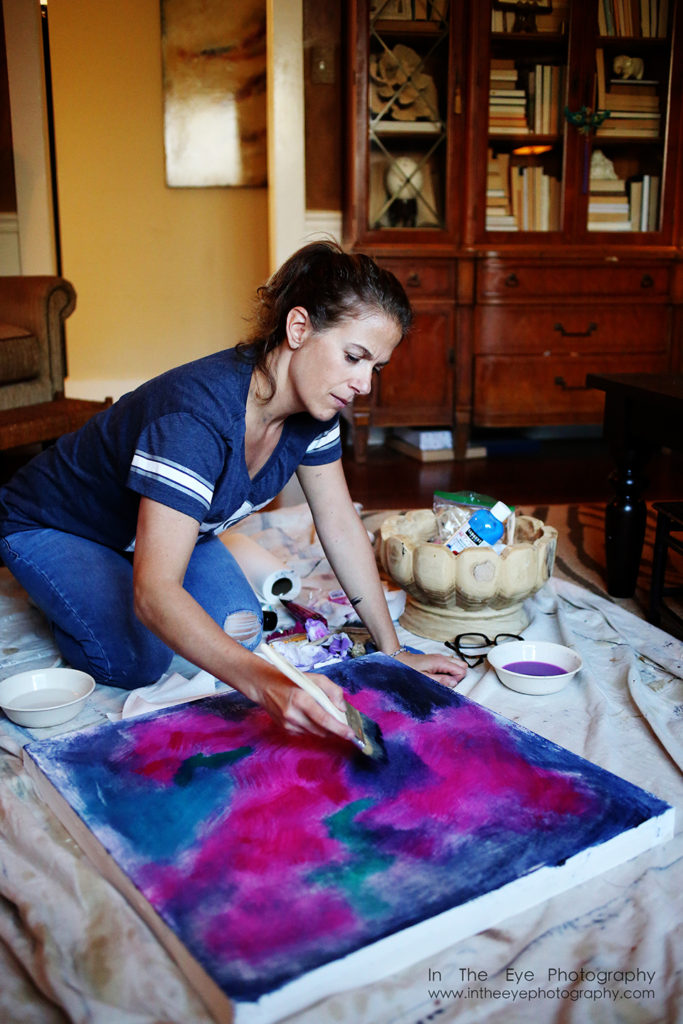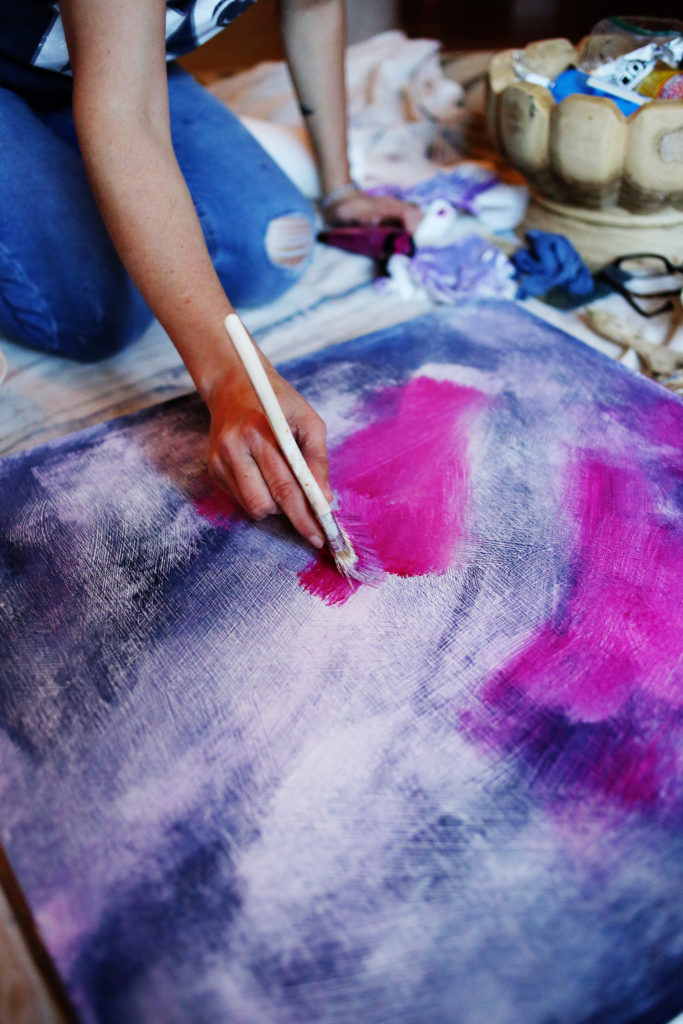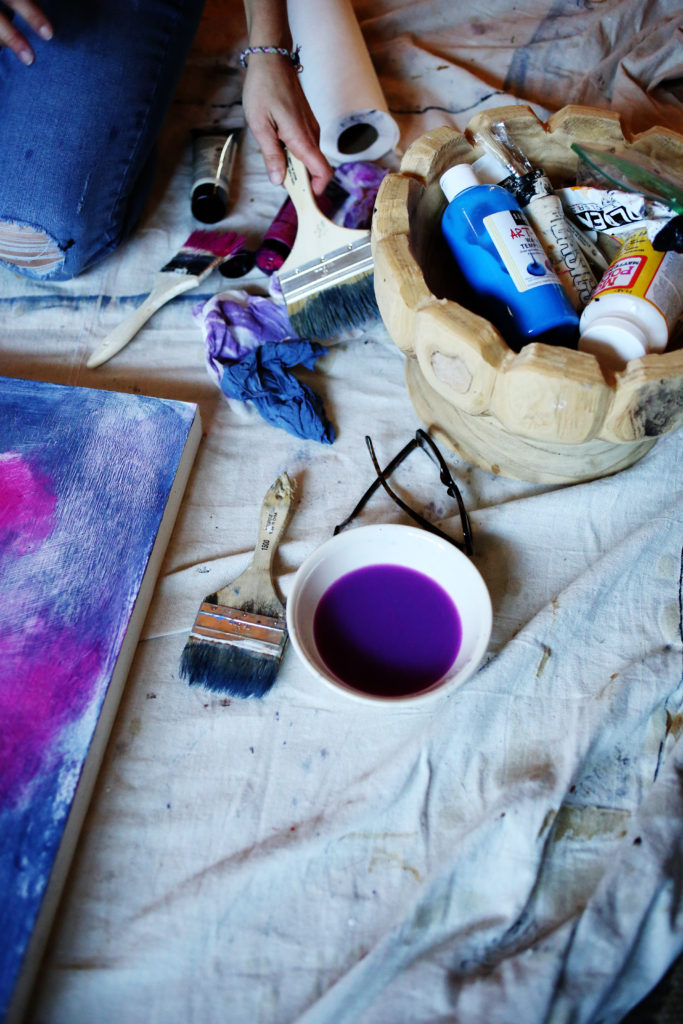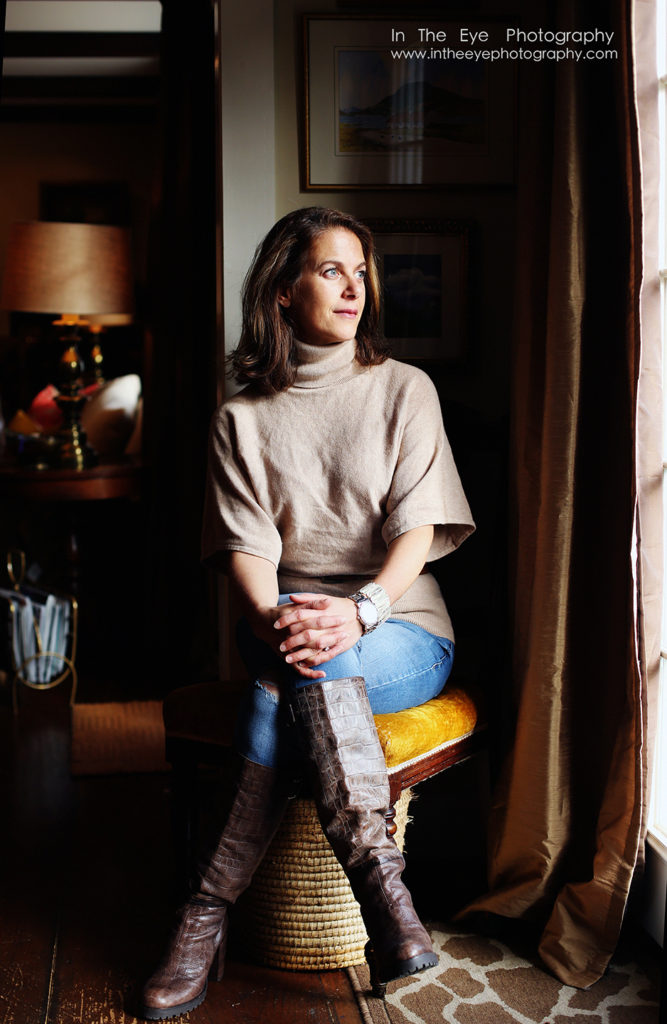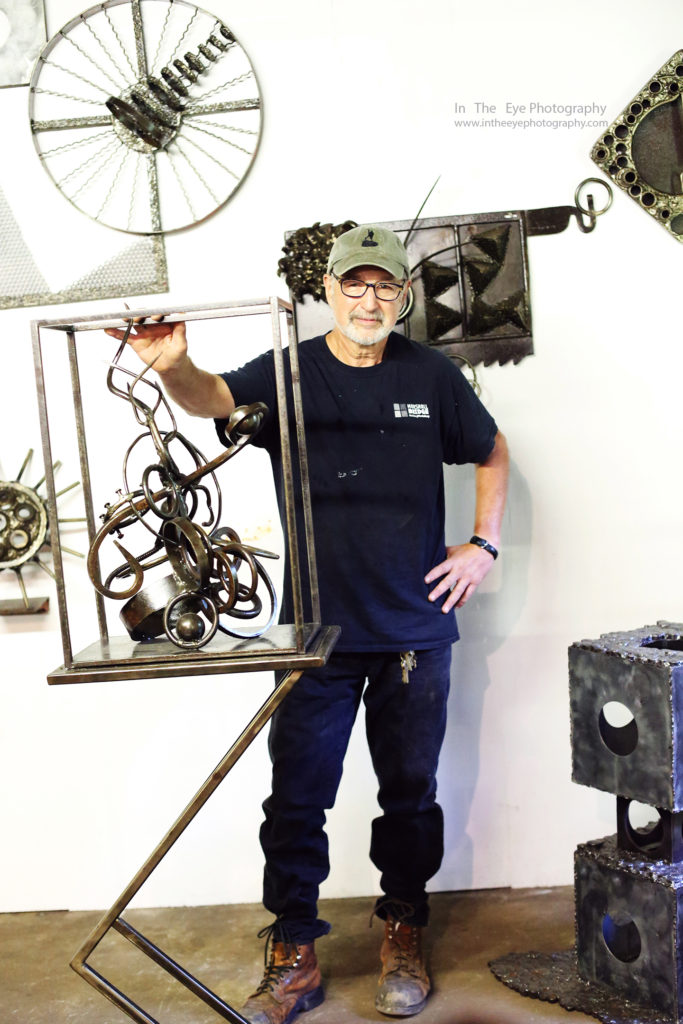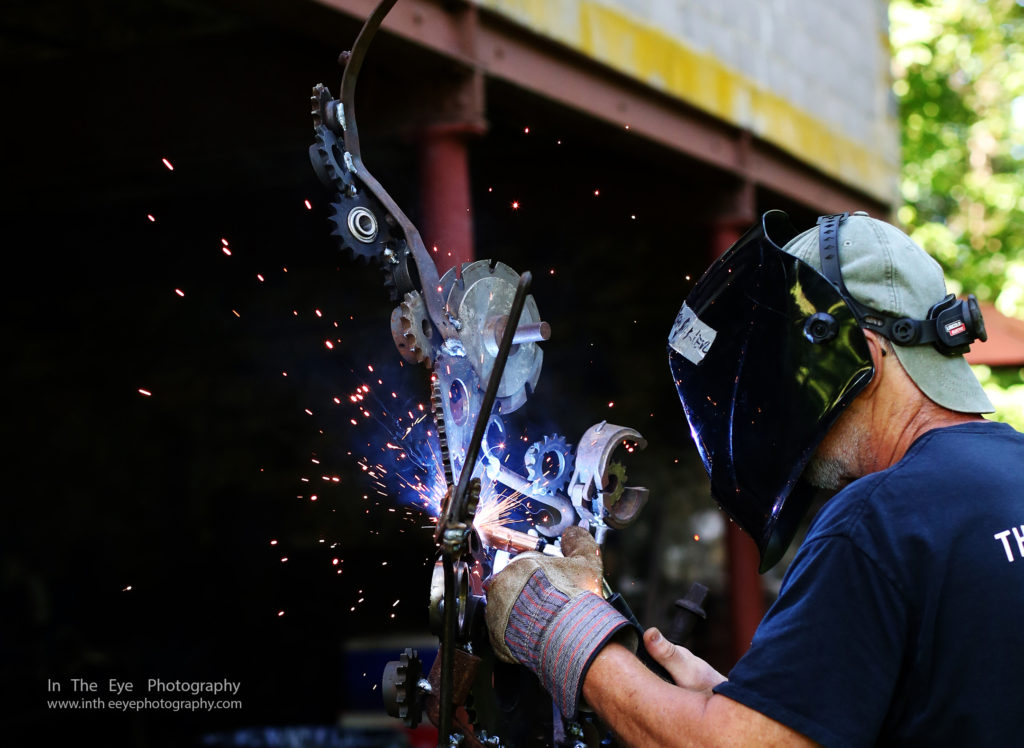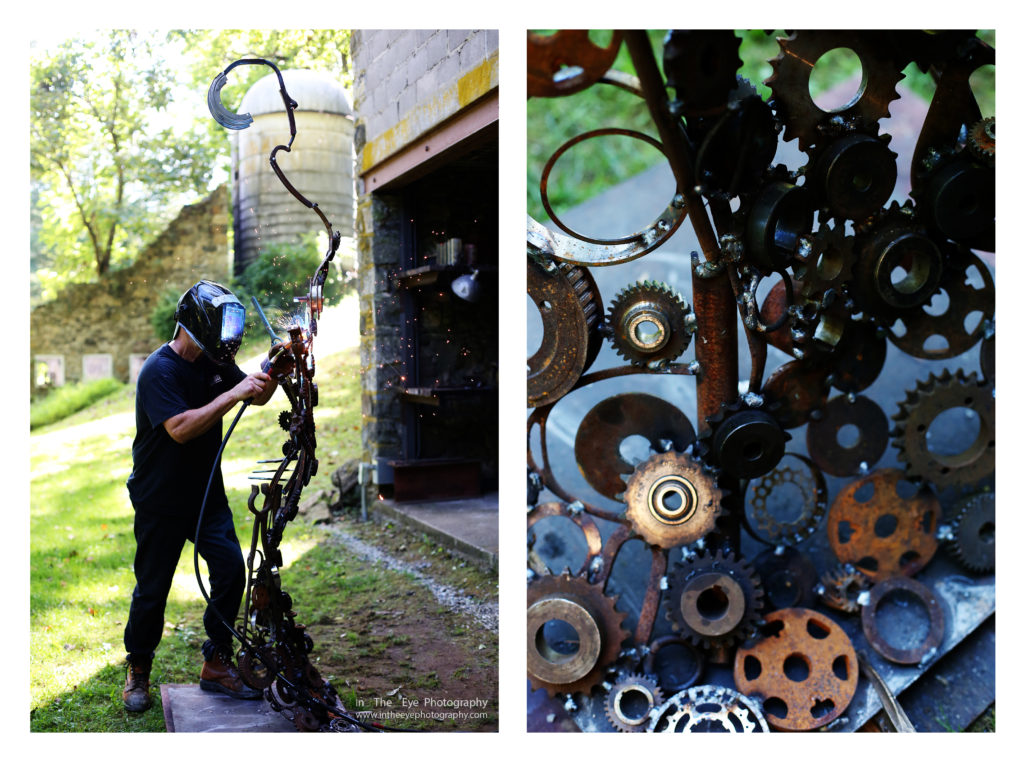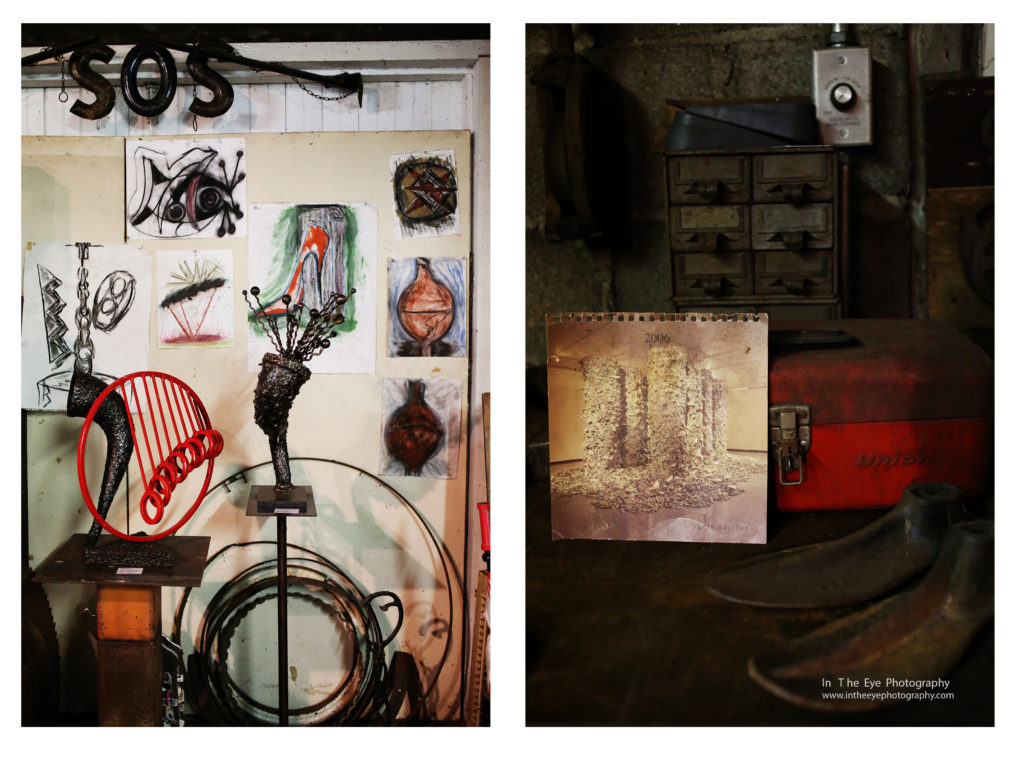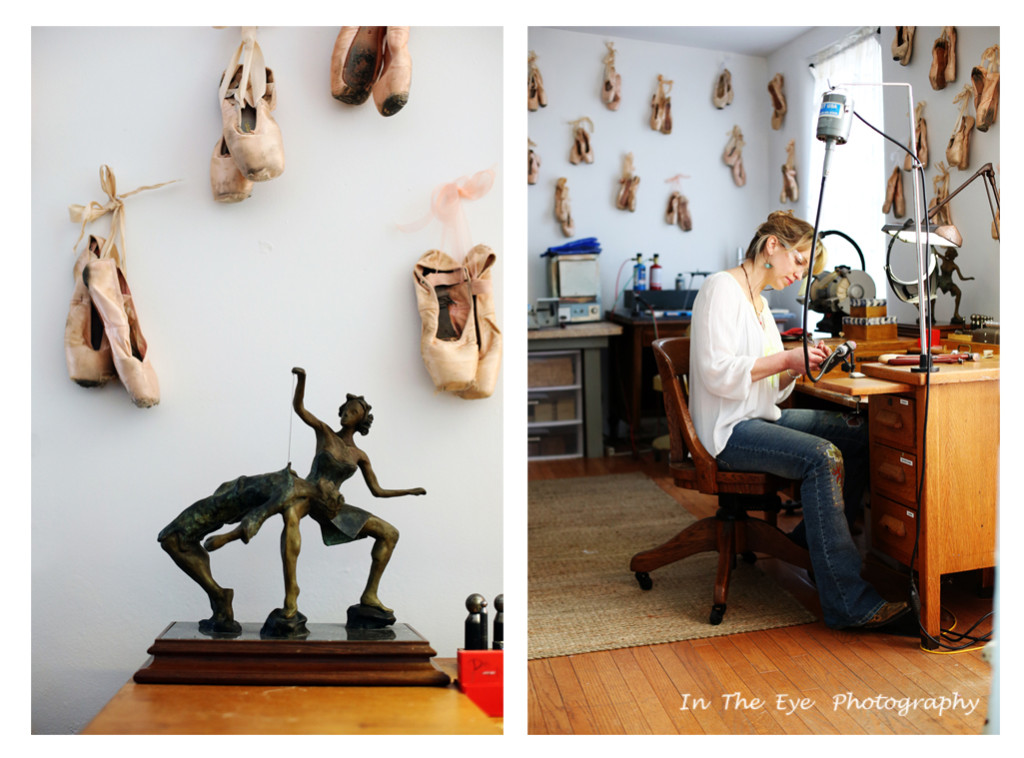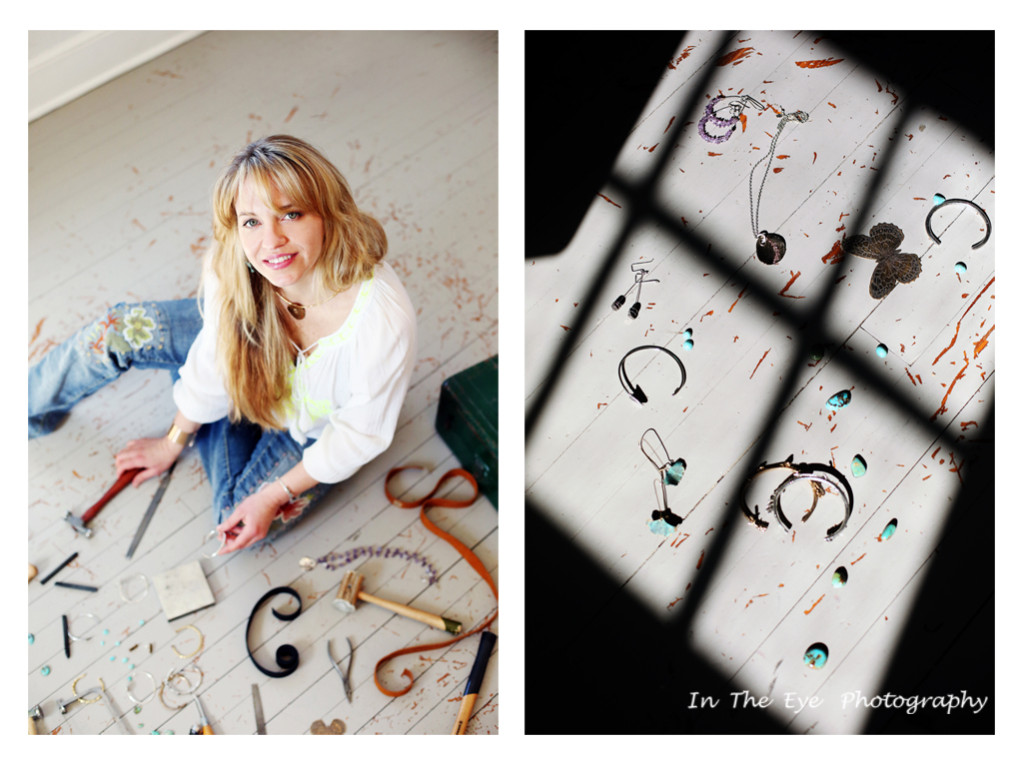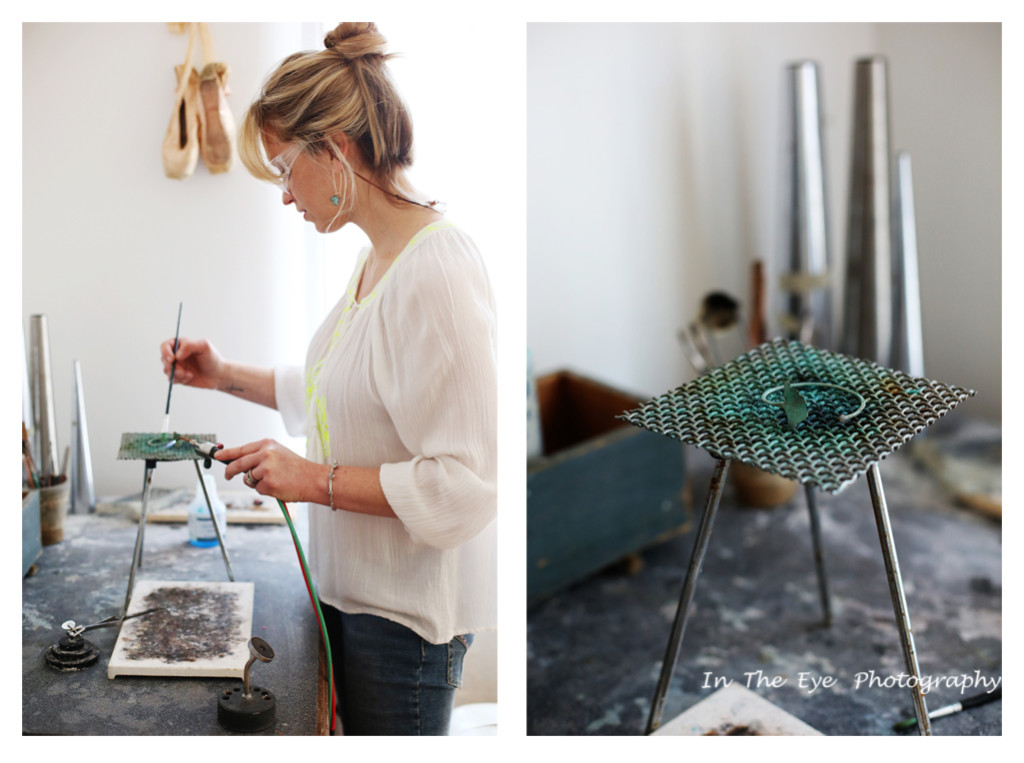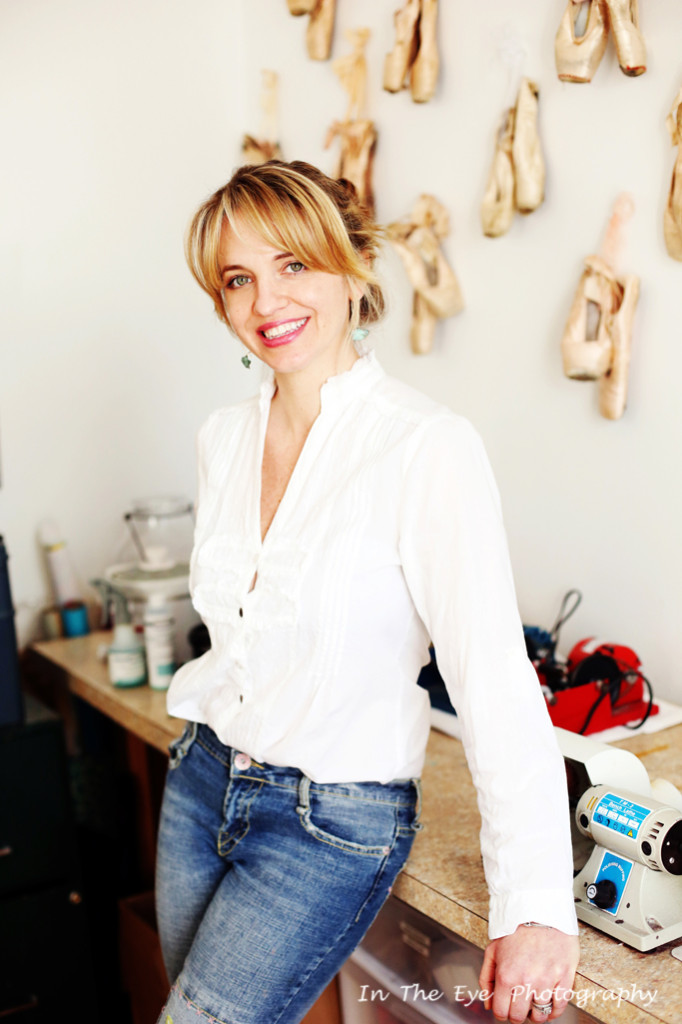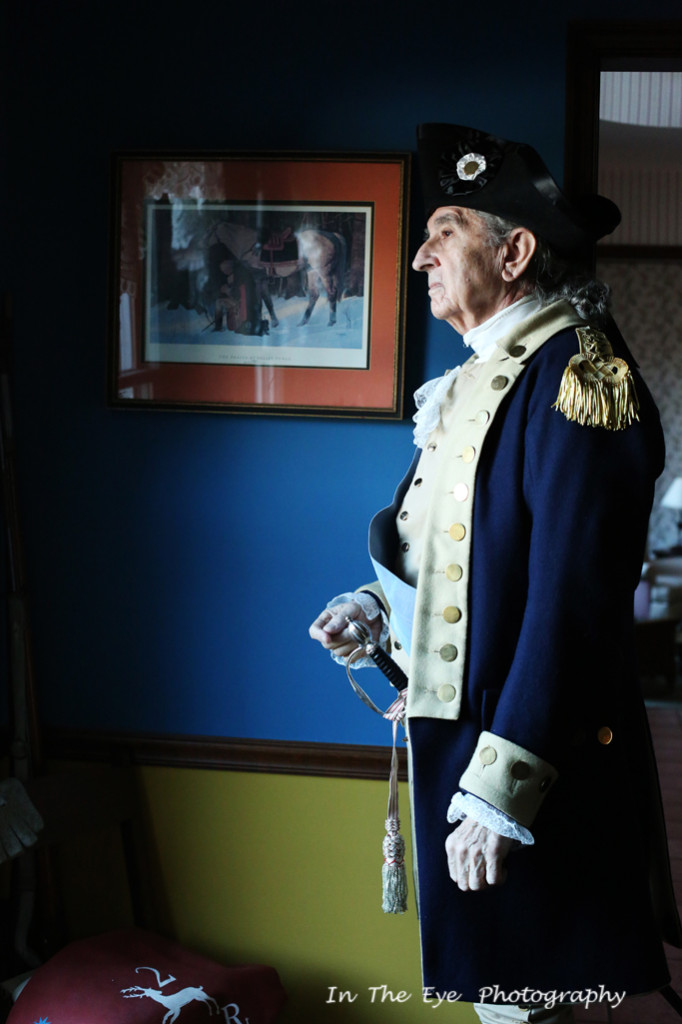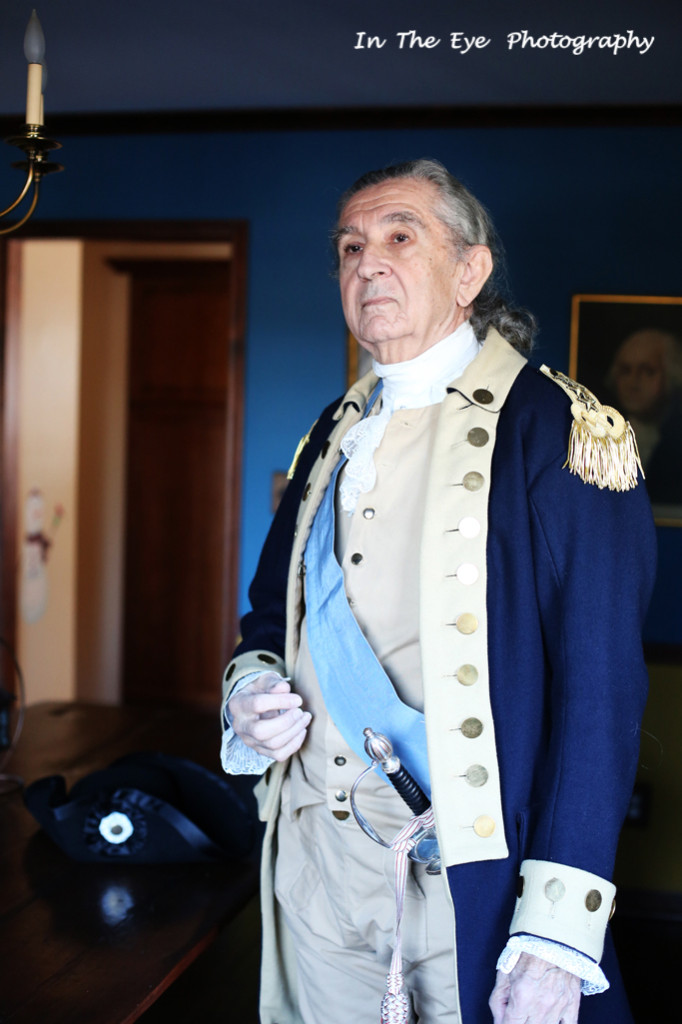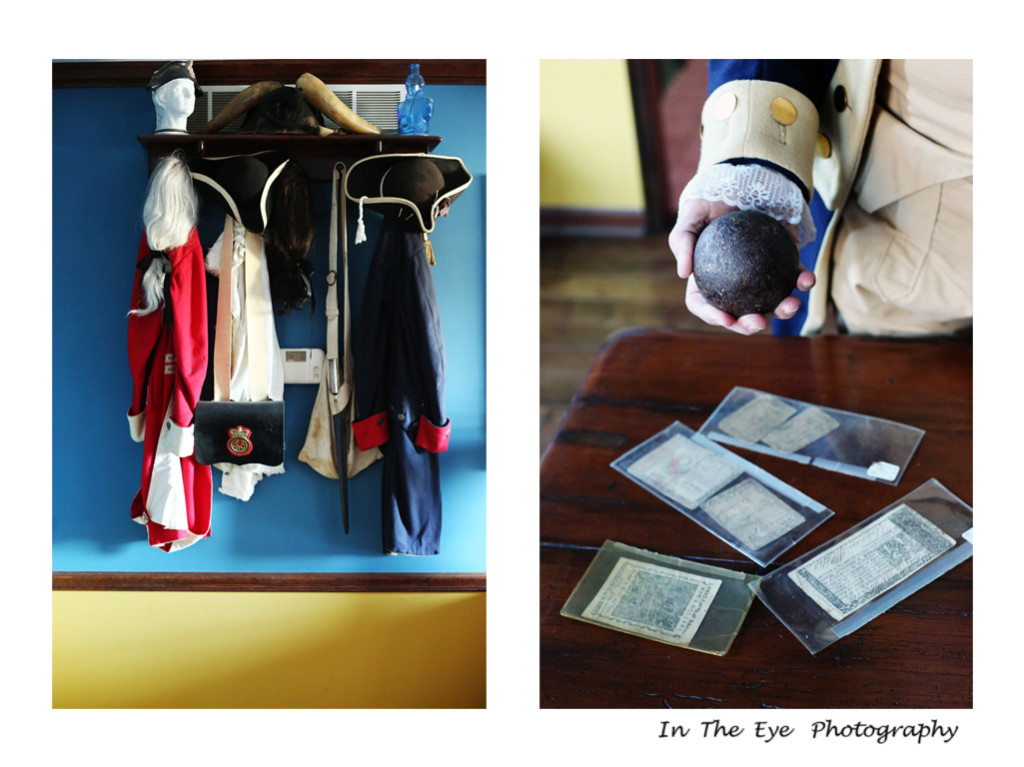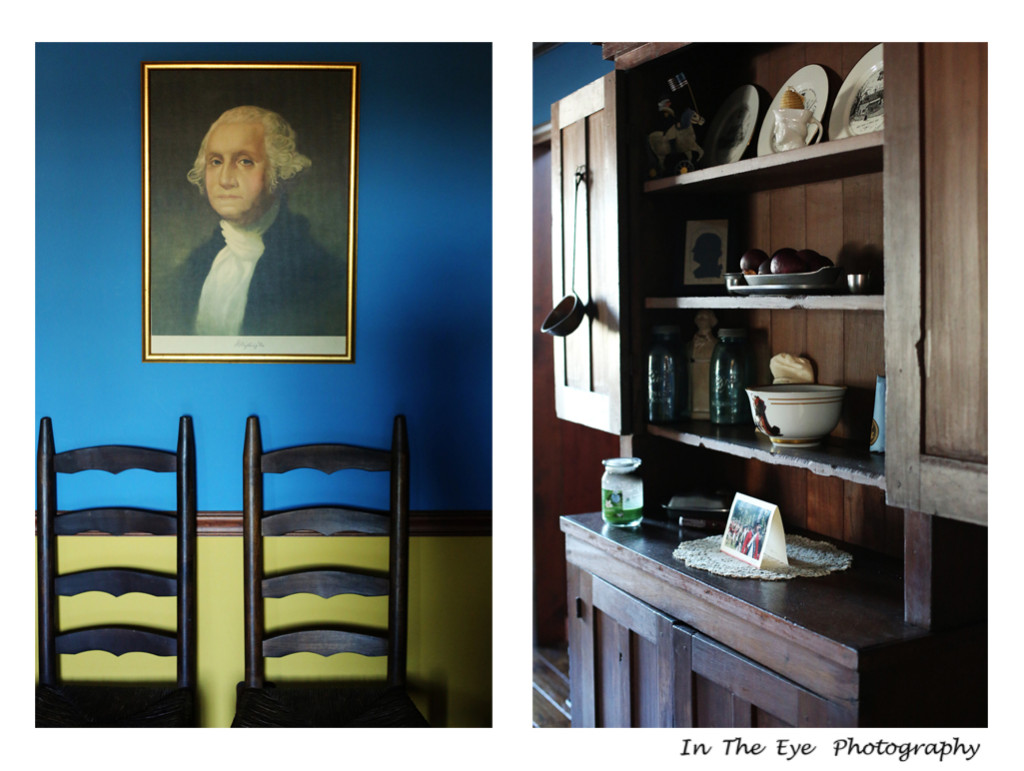Meet Lele– the multi-talented artist. She is a painter, sculptor, writer. She also own and run a local winery Galer Estate Vineyard & Winery in Kennett Square.
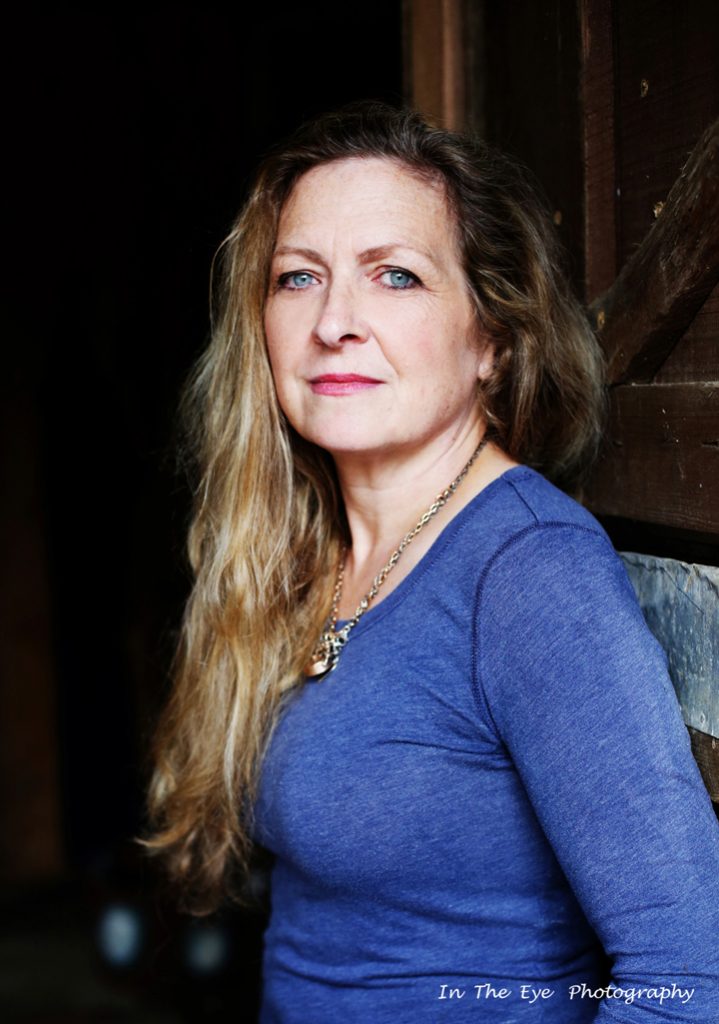
How and when did you first become seriously interested in art?
I was raised around art and went to art museums and galleries since I could walk (that is the same for my children too). Studio art always came very naturally to me and I received a lot of attention for it, so I wasn’t very interested in it, but I was always serious about art history. I started college as a passionate art history major, until one day I had a conversation with a friend about Klimt, that made me rethink how I was learning about art… I had been dissecting and memorizing. All the over-intellectualization of the art had pulled me away from the ability to see..and I’d forgotten what had drawn me to art history it in the first place. I am very passionate about art history now, but it is personalized by knowing how to see and how to be moved to see in a new way. I still today read tons of art history books, but not to memorize the facts, but instead just to understand things better. The breadth and history and presence of artistic creativity is very exciting to me…it is a shared sizzling current that runs through everyone and through time.
I started a serious interest in art education and public art when my sons were little. I used my art ability to enable me to be in the schools with my children..and one thing led to another – I fell in love with working with the kids in the schools, all ages ranging from pre-school to high school. I found excitement and much joy in teaching art history or art appreciation as well as public art. I still run a big school art appreciation program that I love, but I shy away from public art now (after 60+ projects now in Seattle, Westchester NY and Chester County). Public art is a great thing when done with the right intentions. When people come together to make an art piece for their classroom, school, or community, it is fun and creative and pretty of course, but they like leaving a little piece of themselves in the artwork that they remember. This is part of giving back to the world around them. Very cool..and but also extremely time and labor intensive.
About 2005 I started running art shows, and began taking classes, just for me, to see if I still had any sort of a gift left. The combination of having art show deadlines and falling back in love with the medium, got me seriously interested in making art- really for the first time in my life.

What do you think is the most important influence in your painting?
No particular place, person or thing… I am influenced by looking -I am constantly looking at paintings and other pieces of art, including functional art such as furniture. When I am drawn to one, I try to figure out both how the artist does what they do, and what specifically draws me to a particular piece. “Looking” is a constant sifting through of visual edits, a lot goes in the discard pile, and the rest is organized and reshuffled for color, mood, something interesting, and relationships to things like time, history, my work or another artist’s work. The more I see, the more I learn about the art form and about why I am a painter. I am almost 55 and I still struggle with the idea of being an artist with a specific voice…what am I working towards in the art piece; where to edit and where to pile it on; there are always questions and challenges in every piece. I definitely would not paint or sculpt if there were no challenges. To have an original voice is both a difficult and an interesting journey.
In college, my end of the year art history paper had to be on a contemporary piece in the Hartford Museum, and I decided to pick something I absolutely hated just as a test to see if I would like it any better after I learned about it. I picked Franz Kline, who I thought was rubbish, and after working through it -he is one of my favorites. I definitely appreciate things more if there is a struggle involved.
I guess the biggest art influence was at Berkeley when an art teacher showed me how to bleed out a line and morph it into more painting than drawing. That was the first time I really painted (real painting, not filling with color), and I never went back to drawing after that. I also only did black and white, no color, until my mid-twenties. That is why my colors are so charged up now; I feel the need to punch them up to give me the same strength of feeling that I got from using black and white. I am trying to tone my color down now, but that is hard, which makes it interesting.. but toning it down is definitely not easy for me. I might go back to black and white.
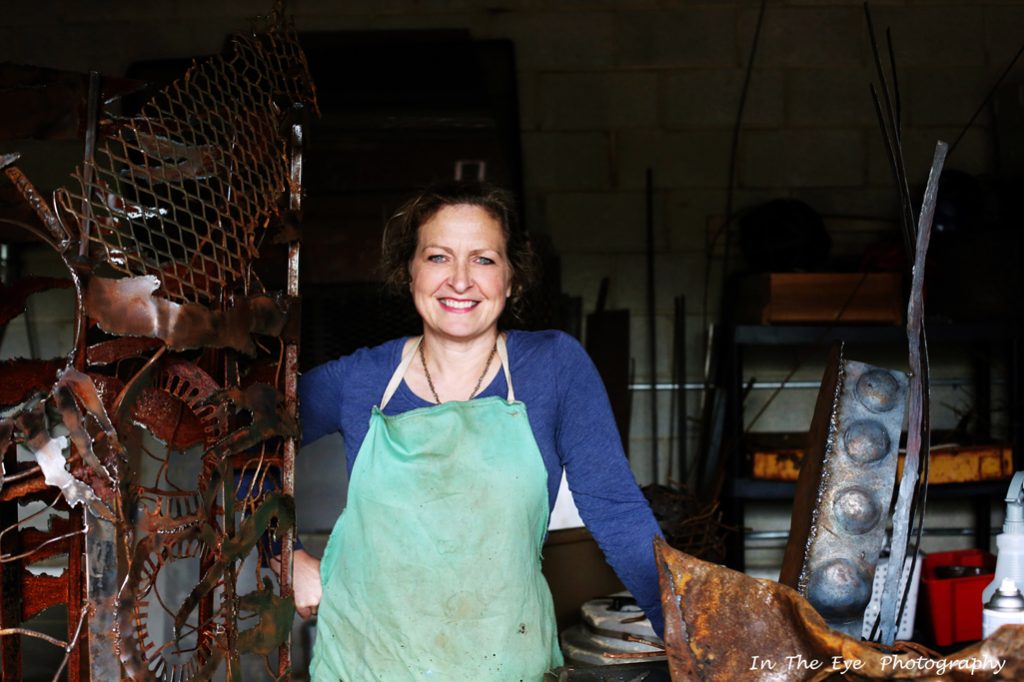
Can you talk a little bit about your first sculpture?
Wow. That was fun – talk about an electric current. I had never done 3-D, and decided to take the plunge at Stan Smokler’s workshop one summer. It was an instant pure jolt of fun that had no layers of experience tied to it. I was mesmerized by the details, the metal bits and making a thing that was fully round. The first piece was a column made of sinewy found bits that worked their way up to make a whole. It was heavy and it sold immediately. Most of my pieces are abstract combinations of “bound” and unbound” elements. I am drawn to the idea of energy all bundled up and the thrill of being freed. Right now I am trying to learn more about the medium, rather than just be expressive. That involves a lot more grinding and busy work and is less appealing to me than the spontaneity of creating a sculptural piece…but I owe it to the medium to learn more about it. The more I learn about working with steel, the better I can realize the ideas I have..I hope so anyhow. But grinding is a bore and chips away at the little individualistic bits that I like…just like me trying to tone down color in my paintings, I’m not sure tidying up my metal work and making the welds smooth is very “me”, but I am interested in figuring that out.
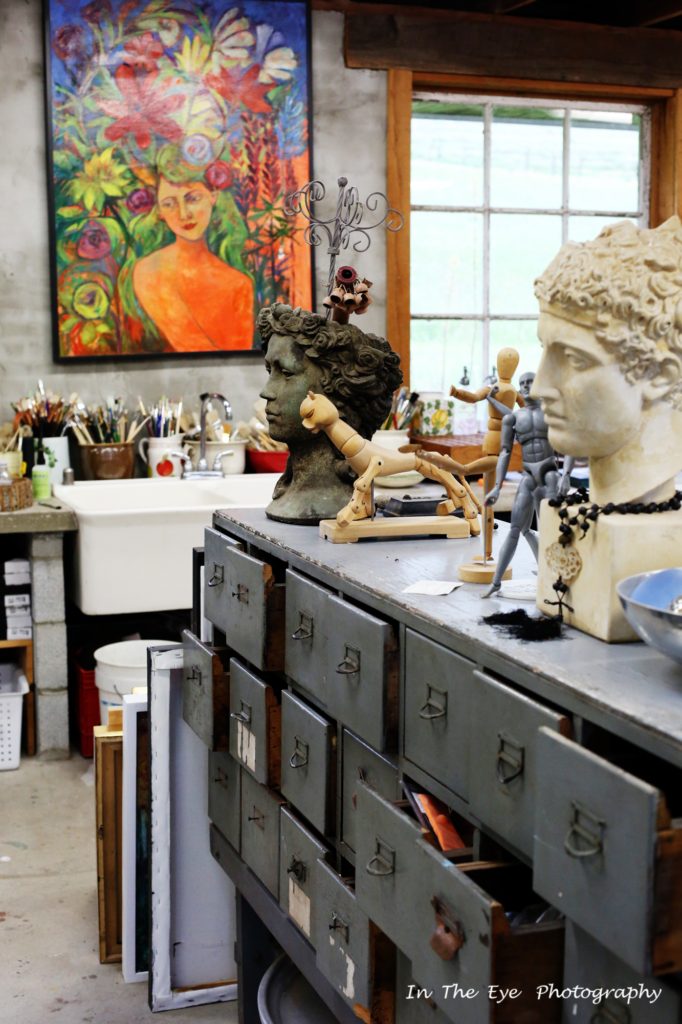
Do you work certain hours each day or only when you are inspired to work?
I only work when I have a show or commission that is two weeks away or less. I keep hoping that I will schedule art every day, but I don’t. Making art has to be exciting for me, or I will do something else that is. The deadline makes it more exciting and pushes me to finished works as opposed to a lot of exploratory scribbling.
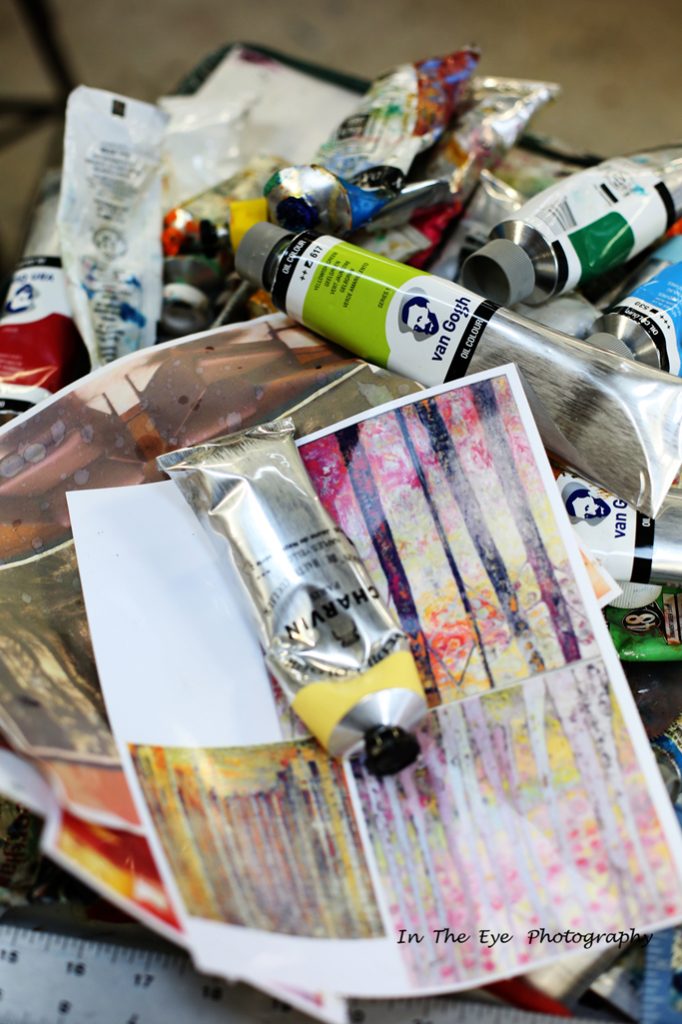
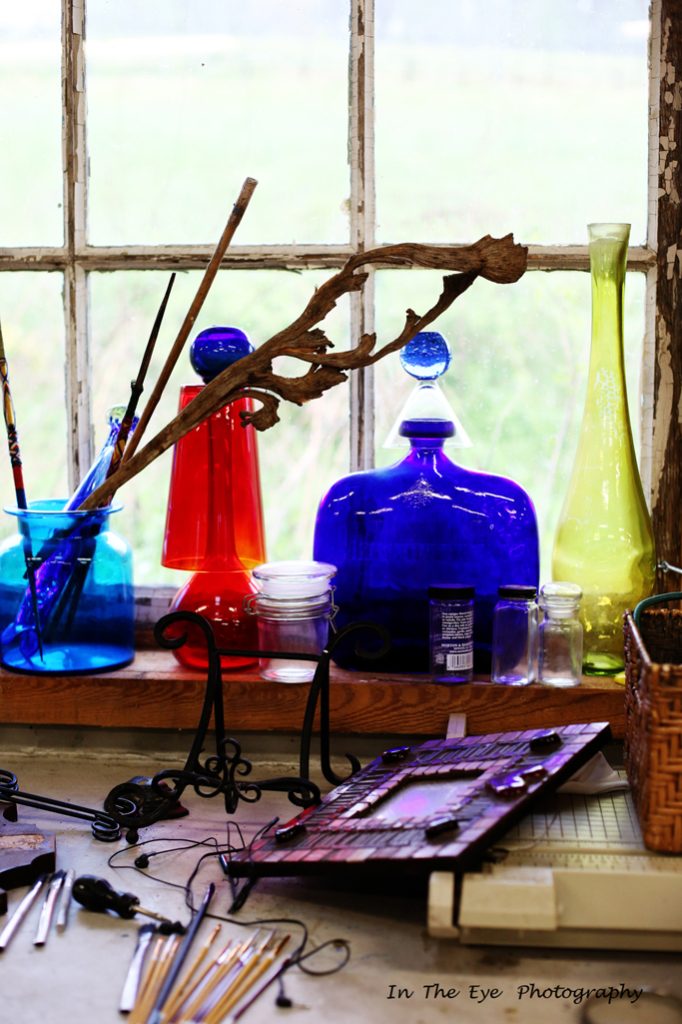
You are painter, sculptor, writer, and also run a winery in Kennett Square, how do you balance work and life?
Well, I don’t know how to relax, so as long as I am busy doing interesting things, then I am very happy. My husband and sons help keep me balanced, and art helps to shake things up.
Check Lele’s work here: http://www.lelegaler.com/
